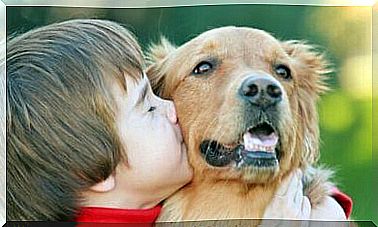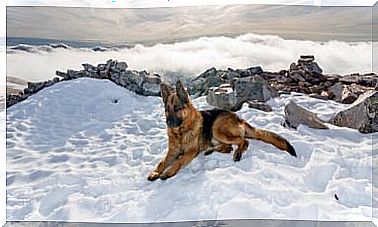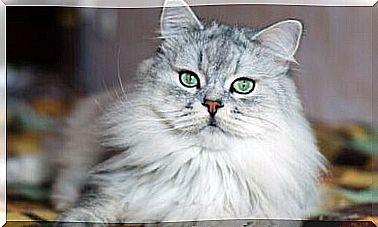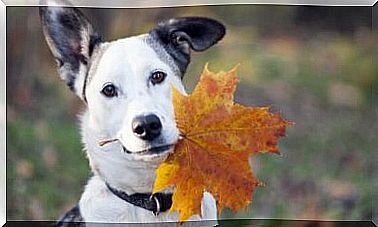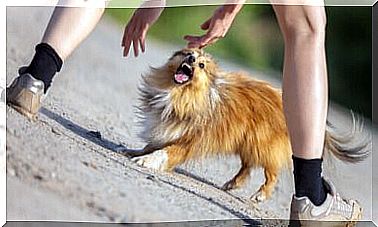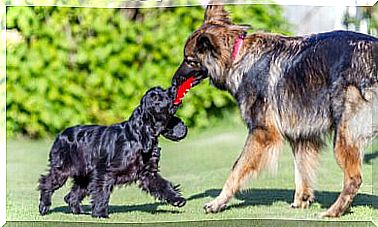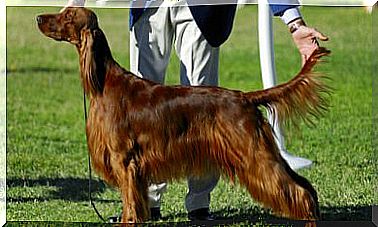What Is Cataract Surgery Like In Dogs?
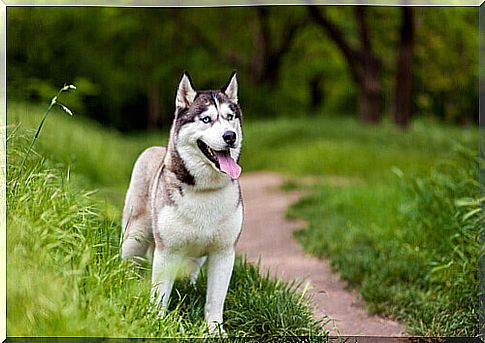
Cataracts occur when the lens of the eye becomes cloudy or cloudy. In this situation, some points impede the vision of the eye and, in many cases, the owners opt for surgery. In this article, we describe all the implications of this operation:
The main cause of cataracts is old age, but it can occur due to other factors, such as collisions or inflammation, and also because of complex pathologies, such as diabetes.
As with other medical conditions, some breeds are more prone to cataracts than others because this disease has an important genetic factor.
Breeds with the greatest propensity for cataracts due to genetics are Cocker, Fox Terrier, Maltese Bichon , French Bulldog , Golden Retriever and Siberian Husky.
Cataract surgery in dogs is a treatment option, whose prompt intervention will prevent the animal from suffering permanent blindness.
How is cataract surgery in dogs?
Cataract surgery involves replacing the lens with an intraocular lens that performs the same function. This procedure is known as phacoemulsification of the lens and takes 20 to 30 minutes. For this operation, the dog will receive simple sedation, in addition to local anesthesia.
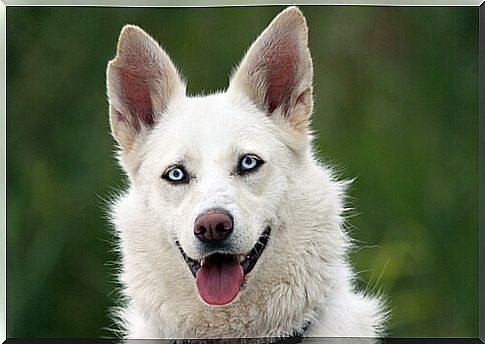
When cataracts are present in both eyes, they are operated on separately and a safe number of days is respected for the recovery of the first one. The results are immediate and its effectiveness is 90% to 95%. So, in a matter of a week, the dog’s eyesight will be much better.
Another important factor to consider is that this is a pathology that is forever corrected. That is, after a dog is operated on for cataracts, they do not reappear.
Risks of Cataract Surgery in Dogs
Cataract surgery is a very simple and painless procedure as it is mostly performed on an outpatient basis. Cataract risks are associated more with the animal’s particular condition than with the intervention itself.
Advanced cataracts can cause total blindness of the eye; the same also occurs with other more severe pathologies, such as lens dislocation and glaucoma.
So far, there is no drug treatment that is 100% effective against cataracts. Therefore, the surgical option will always be the best to provide a better quality of life for the animal.
Furthermore, cataract surgery in dogs is not age-discriminatory, among other things because the animal only receives very light anesthesia; therefore, elderly dogs can be operated without problems.
Post-operative care
As it is a simple operation, care after the intervention is not very demanding. However, it is important to respect the rules to ensure successful results.
As with most procedures, the dog will need to wear an Elizabethan collar for three weeks. In addition, he will receive topical direct eye treatment, as well as antibiotics and anti-inflammatory drugs.
It is worth noting that it is essential that, during the recovery period, the animal remains at rest. Physical activity and sudden movements should be avoided, as well as scratching your eyes or rubbing your eyes.
In fact, during the recovery period, it is not even recommended to bathe the dog. In addition, he should stay away from other animals that might bother him, and he should also avoid walks where there is sand or dust, such as the beach.
Likewise, the dog must undergo post-operative examinations, which will be indicated by the specialist. In this way, complications such as inflammation, infections and bleeding can be avoided.
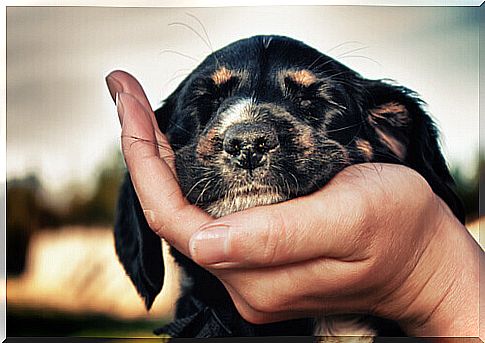
What to do when there is a suspicion of cataract in a dog?
The first thing that must be done when there is a suspicion of cataract in dogs, is to help the specialist, who will diagnose the condition and determine its stage. The veterinarian will perform a thorough eye check and give the animal some vision tests to assess its physical condition.
It is important to know that the ideal is to handle the case when it is still in its early stages, as an advanced cataract can involve a more complex procedure. However, the decision to operate will always be indicated by the veterinarian, after diagnosis.
The truth is that it is difficult to identify the progress of cataracts, because in some cases it can be slow and in others it can be very fast. Therefore, it is important that, in the presence of blemishes in the eyes, the owner immediately seeks a specialist.

